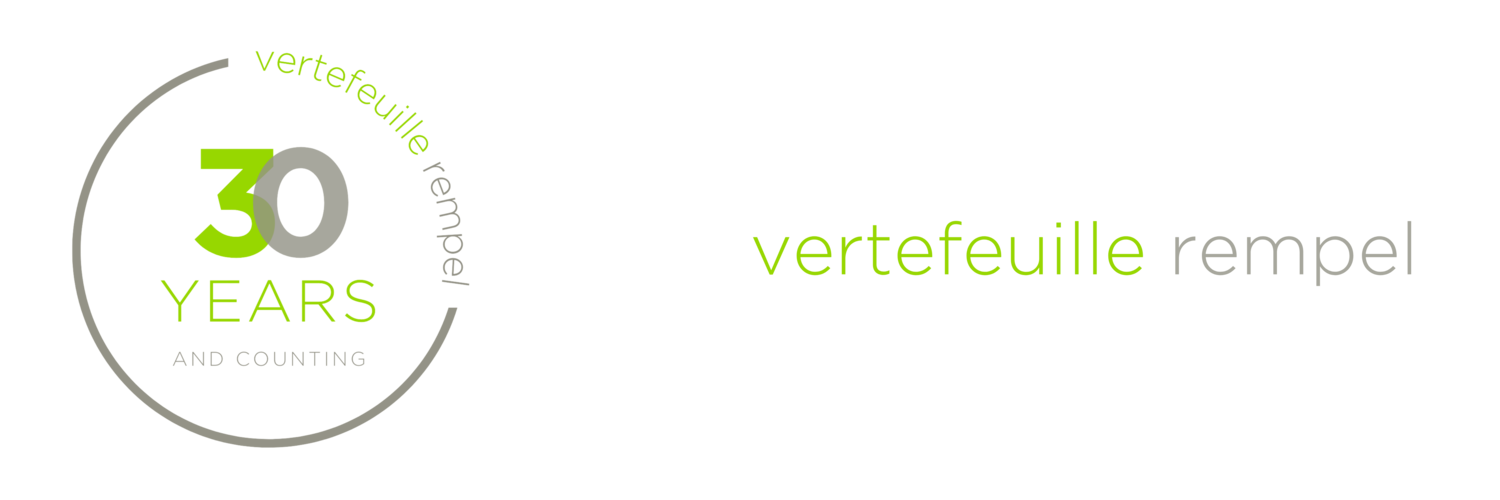Trust Series – Part III: Trust Tax Traps
Part two of our Trust article series covered a number of tax planning strategies and benefits that a Trust can provide.
But we also need to keep it real and balance that out with a few tax traps to be mindful of. The key to staying ahead of most of the items below is to connect with your advisors BEFORE adding a Trust and then ensuring it is well set up by your lawyer to achieve your goals.
21-year deemed distribution of Trust assets:
In order to avoid the indefinite deferral of tax on assets in a Trust, most personal Trusts are deemed every 21 years to have disposed of all of their assets at their fair market value. The assets are then deemed to be reacquired at the fair market value, which is the new cost base. Some Trusts, like the Life Interest Trusts discussed previously, are not subject to this rule. But all other Trusts may potentially trigger tax as a result of the deemed disposition requirement.
The deemed disposition can be especially troublesome if the Trust owns private corporation shares. These types of shares can be challenging to value effectively and are illiquid but could still trigger tax.
Planning options exist to lessen or avoid the impact of the 21 year deemed disposition and these should start being considered several years before the deemed disposition date.
Please note that the Trust does not actually wrap up at this stage. The deemed disposition is reported and then the Trust carries on for another 21 years.
Administration and costs:
The cost to set up a Trust will depend on the complexity of the structure and the assets being transferred into the Trust. There will also be ongoing costs for the annual T3 Trust Return filing to report the income and beneficiary allocations.
Trust records should be maintained for all transactions (i.e. deposits and disbursements). This would include all bank and investment activity. You may also want to consider annual financial statements.
Reversionary Trusts:
As discussed in part one of the series, it is very important to ensure the settler, beneficiaries and trustees are carefully selected when setting up a Trust.
A reversionary trust situation occurs when a Trust resident in Canada holds property that may revert back to the person who contributed the property in the first place.
Simply put, this means that in most Trusts, your settler should not be providing property that they could control as a Trustee, and/or receive back as a beneficiary. The rule also applies to certain substituted property which may be provided to the Trust,
These reversionary trust rules are quite punitive, as any Trust property subject to them will be subject to a disposition out of the Trust at fair market value (if no exception is met) and subject to tax, which is generally not the case when a personal Trust distributes property.
Taxable/non-taxable transfer of assets:
Most Trusts, unlike corporations or partnerships cannot receive property on a tax deferred basis (you may recall us discussing that for corporations in our Section 85 rollover article). This means that when you transfer property into the Trust, you must do so at fair market value. This could result in an unrealized taxable gain to be reported on your personal tax return. The fair market value would then become the cost of the asset within the Trust.
The other option to avoid the unrealized gain may require a significant reorganization or freeze of the underlying property in order for the Trust to become the beneficial owner of the property as desired.
However, Trusts can generally roll property OUT of the Trust to its beneficiaries on a tax deferred basis.
In our final article of our Trust series, we will be discussing the logistics of actually operating the Trust on an ongoing basis. Click here for Part IV: Practical Logistics.
